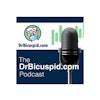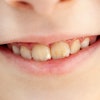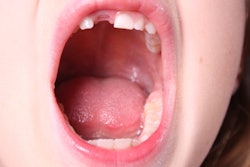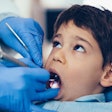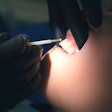Children and adolescents with asthma who use inhalers may experience significantly more tooth wear, specifically on buccal and labial surfaces and in permanent teeth. The study was published on November 18 in Scientific Reports.
Tooth wear appeared to be associated with dry powder inhalers, higher inhaled corticosteroid doses, and longer treatment durations, the authors wrote.
“Dentists should routinely screen asthmatic patients for early signs of tooth wear and consider applying preventive measures such as topical fluorides or sealants,” wrote the authors, led by Dr. Dorota Olczak-Kowalczyk of the Medical University of Warsaw in Poland.
Although past research has suggested a correlation between asthma and dental hard tissue loss, the evidence remains inconclusive, according to the study.
To investigate the link between inhaled antiasthmatic therapy and tooth wear in children and adolescents, a case control study was conducted that included 129 patients ages 3 to 17. The group included 70 patients with asthma receiving inhaled corticosteroids (ICS) or combined ICS/long-acting beta-agonist therapy. The control group had 59 patients without asthma.
Tooth wear was assessed using the Smith and Knight Tooth Wear Index (TWI). Then, a statistical analysis was conducted.
Children and adolescents with asthma showed significantly greater tooth wear than patients in the control group (p = 0.0025), particularly in permanent teeth (p = 0.0177). Tooth wear was the worst in the anterior segments of primary teeth and the posterior segments of permanent teeth, with the buccal and labial surfaces being most affected in both types of teeth, the authors wrote.
Logistic regression analysis revealed that combination therapy with inhaled corticosteroids and long-acting β₂ agonists dramatically heightened the odds of buccal/labial surface wear (odds ratio [OR] = 2.41, p = 0.042), as did the use of dry powder inhalers (OR = 1.84, p = 0.048) and higher doses of inhaled corticosteroids (OR = 1.96, p = 0.046), they wrote.
However, this study had multiple limitations, including that the control group was recruited from a dental clinic setting. This may introduce selection bias since these patients may have better oral hygiene awareness or access to care, the authors wrote.
“These findings underline the need for interdisciplinary collaboration between medical and dental professionals to minimize oral health risks in asthmatic children,” Olczak-Kowalczyk and colleagues wrote.


